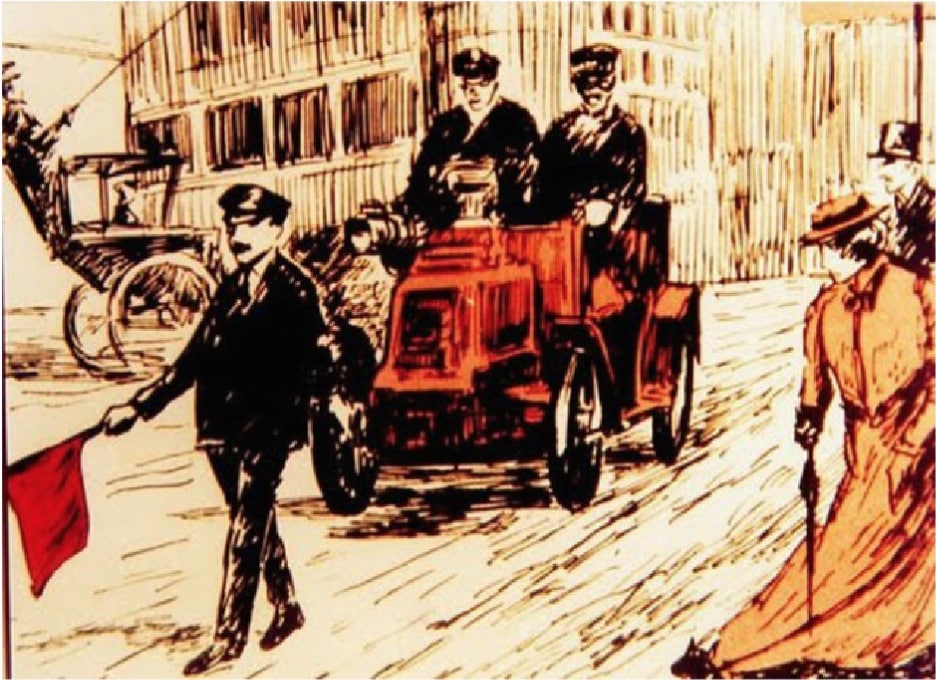There's a voluminous report to the next meeting of I & E ctte on the subject of Vision Zero initiatives. Lots of words, and lots of actions do not necessarily align.
My impression upon reading the report is that Vision Zero has distilled (eroded?) to only two or three major thrusts - which is disappointing programmatically but probably a useful reality check on what we can expect of City staff given funding, workload, and the complicated network of agencies and departments required to get thing done. The original Vision Zero program advocated doing more things at once - maybe the ambition and passion was never well matched to the resource network. A marathon not a sprint, it seems.
It seems that the only sure thing is speed control measures. That's something, although it's a bit of crawl until we get more acceptance for other alternative solutions.
The glaring weak point to me is - Enforcement. It's apparent that automated devices are bogged down in a fairly complicated set of legalities and policies that have led to fairly limited implementation, while the Police are fending off pressure for hands-on enforcement by creating a too-small token dedicated unit that will look good but not write enough tickets to make a difference.
I do see more police enforcement out there than previously, but it's always in the same locations that are most convenient for the police officer but not necessarily driven by risk or severity. Policing has become such a high-cost, labour-intensive proposition that it may no longer be a useful tool.... we really need a better solution to this.
Stepping back, I wonder if we need to refresh what the data is saying about the causes of fatalities and injuries - have any of the high risk scenarios actually improved? The data presented (Figure 3 in the document) shows KSI per 100,000 population - to have held the rate of pedestrian KSI down, in spite of growing numbers of people actually seems encouraging. I wonder whether that population is leading to more miles driven, more traffic on our roads, and how specific scenarios (mid block casualties, left turn casualties, pedestrians at intersections etc) might be changing.
My personal observation is that city traffic is mellowing and care shown yielding to pedestrians is going up.... not dramatically, but perhaps incrementally. The really egregious behaviour seems to be out on the 400 highways. Just one person's opinion.
- Paul






